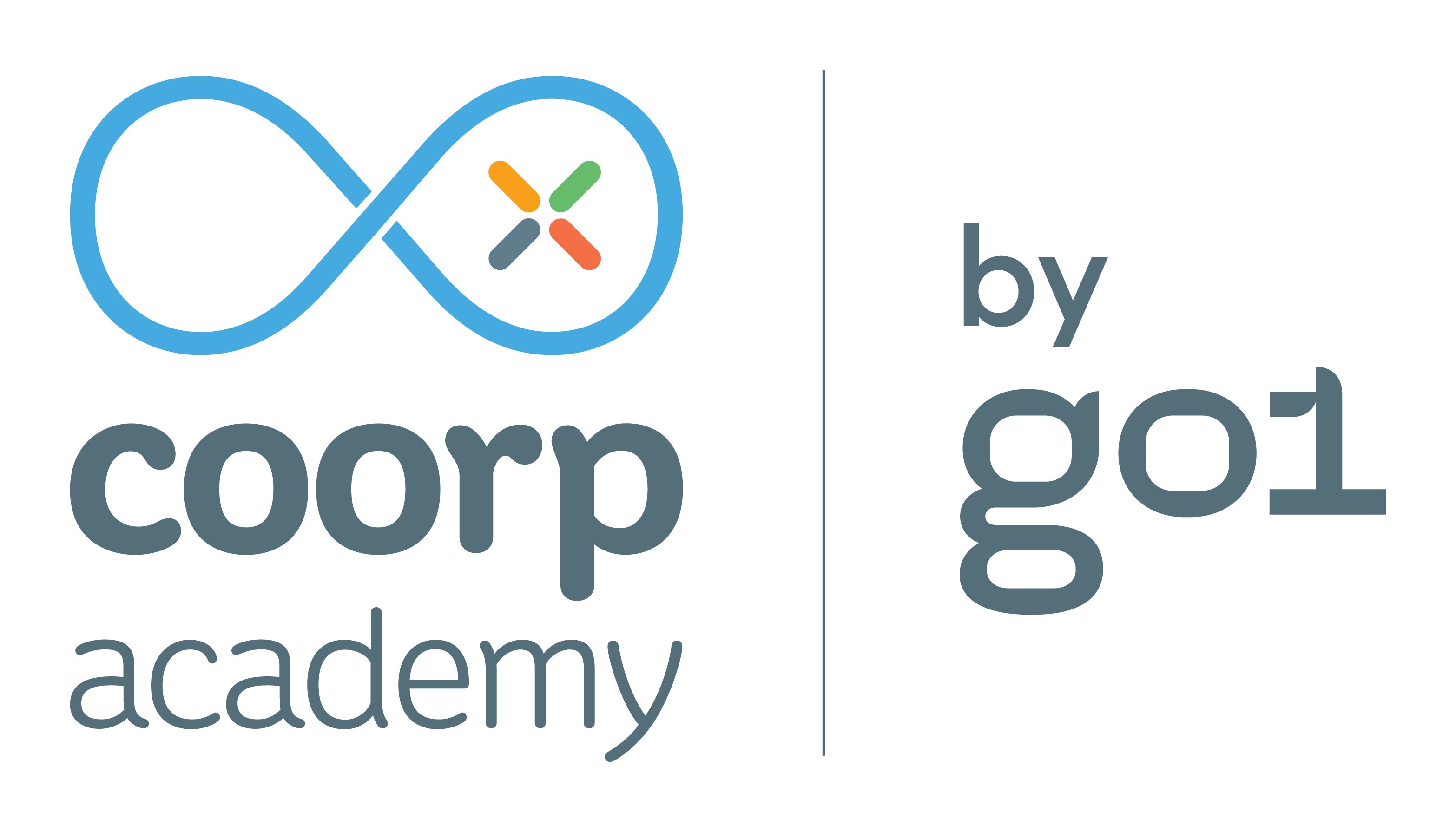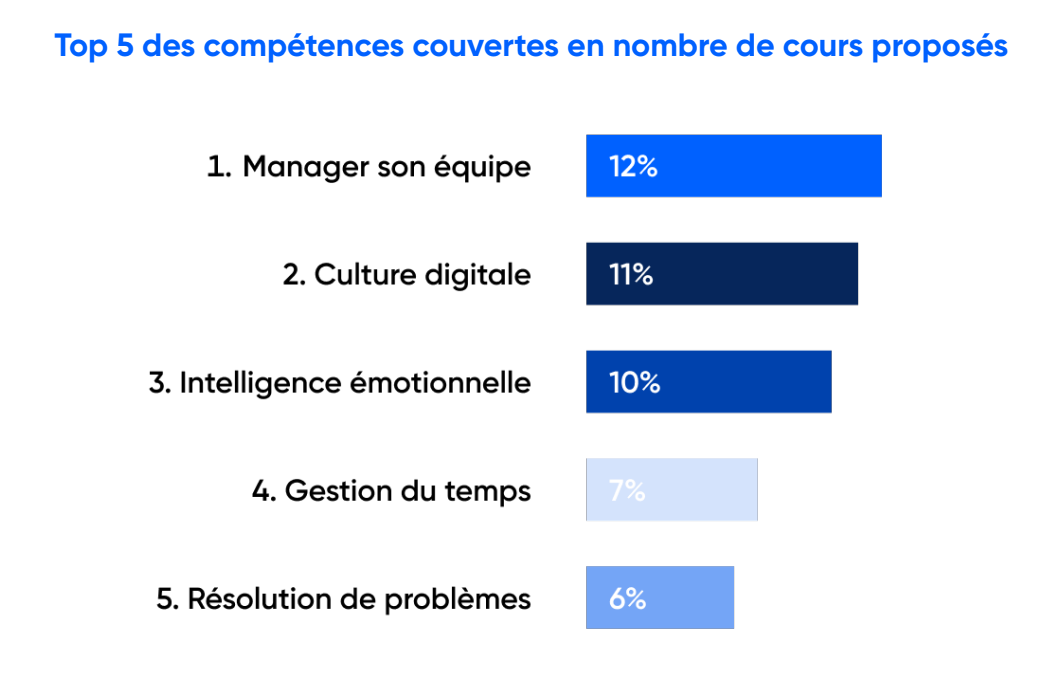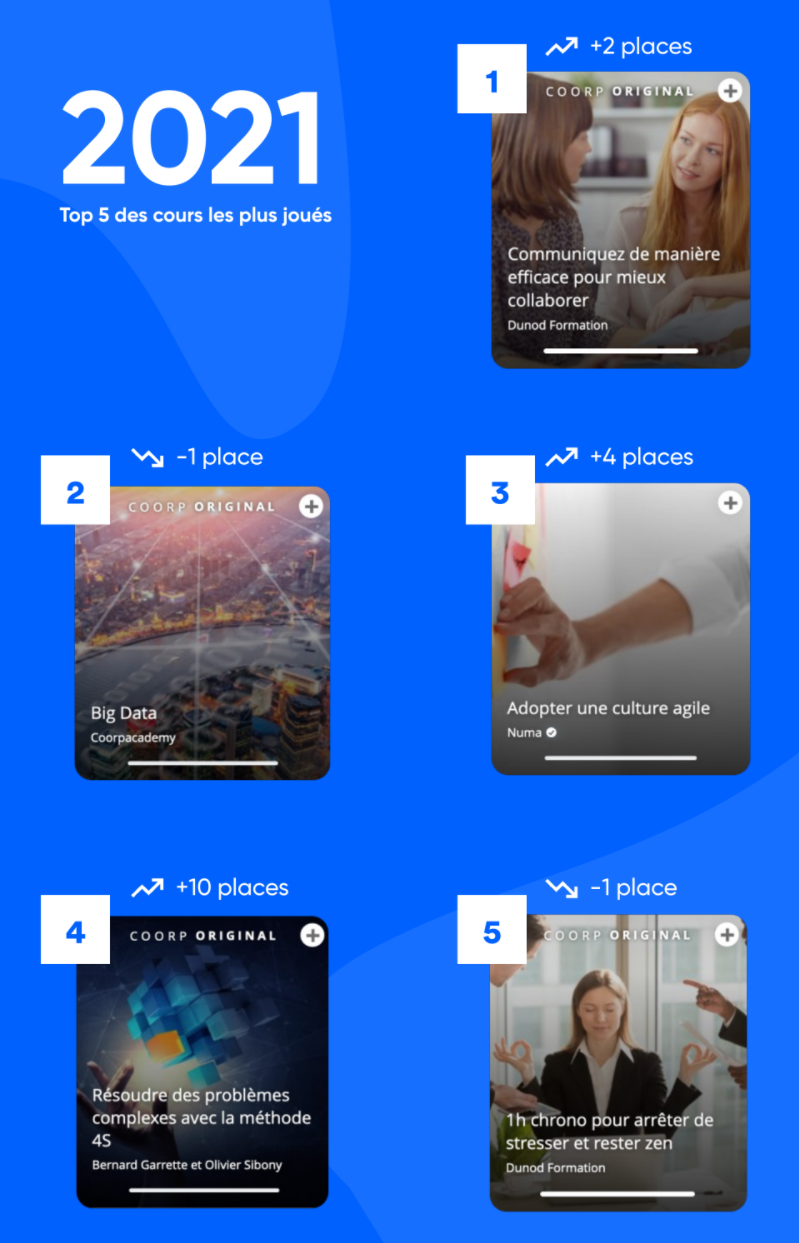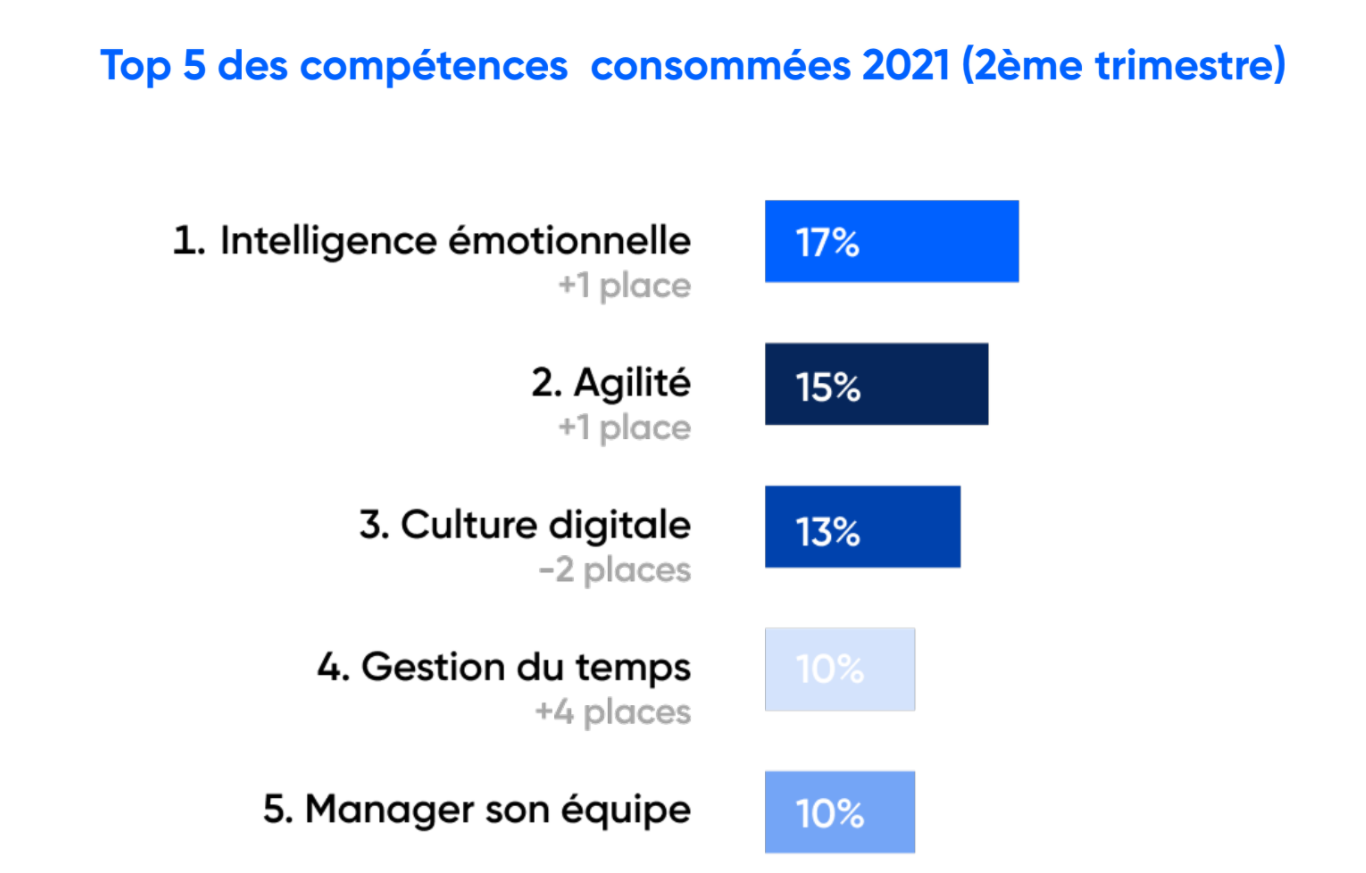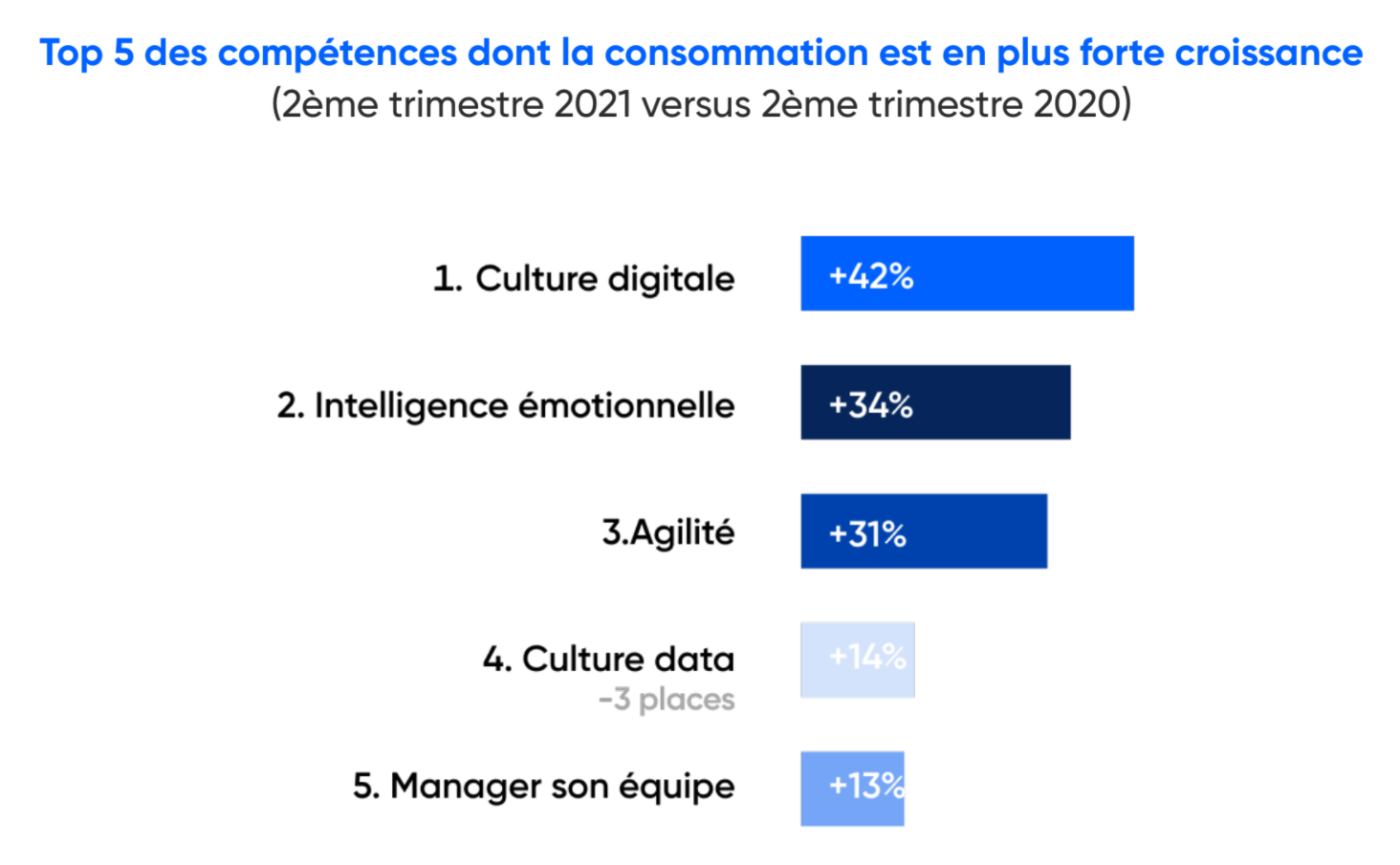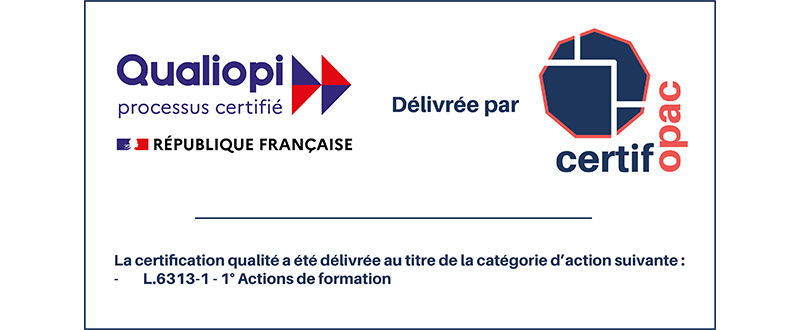The training sector has learned some important lessons from the pandemic. Closed training rooms, bans on meetings, lockdowns, remote working that breaks the link between employees and employee motivation, the challenges created by this crisis were numerous for HR functions. How have they met the challenge? What future for the training sector? A look back at the round table discussion between the co-founders and investors of the leading EdTech companies in France: Coorpacademy, OpenClassrooms, Simbel and Brighteye Ventures.
Training to meet the challenges of COVID19
The LearnEverywhere webinar “The Need for Training in Times of Crisis” sheds light on how some organizations have had to adapt in a very short time. At the beginning of 2020, face-to-face training experienced a real upheaval. The sudden crisis forced companies to react very quickly to manage the cancellation of planned classroom sessions. One of the first challenges was to manage the immediate emergency by cancelling and communicating about these unprecedented changes. As a result, 97% of public sector training was affected by the crisis, as well as 80% of French presential training. (1)
The second phase of crisis response is adaptation. Once the emergency has been managed in the short term, and the future of the crisis is a little better defined, organizations revisit the training plan and make choices between what to cancel for good, what to postpone and what to convert to distance learning, through digital learning. This stage requires a lot of work to redesign course materials and to support trainers in mastering the technological tools. Thus, the crisis marks a real revolution in training, which is becoming digitalized at an exponential rate. In fact, 85.2% of European training managers believe that the crisis has accelerated the digitalization of training. (1)
Paradoxically, in times of crisis, training becomes even more essential. Especially when the crisis forces us to organize ourselves differently, to use new tools and when it disrupts our lifestyles. It is then necessary to accompany the employees so that they appropriate the new tools and understand their functioning, their usefulness, and what is at stake. Thus, to ensure team training, some companies have opted for virtual classrooms (73%), for the company’s LMS platforms (54%) and for third-party digital platforms for off-the-shelf content (28%). Among the topics to be covered are: getting to grips with the tools thanks to digital acculturation, training on how to work remotely, but also how to manage remotely, and finally, training more focused on the well-being of employees, which is essential in these difficult times.
Unsurprisingly, the pandemic has caused an unprecedented disruption in the entire professional training sector, shaking up our habits and giving us the opportunity to rebuild everything.
The future of learning
But while the word recovery is talked about everywhere, what future do we want to shape for training, which is crucial to the smooth running of businesses?
The crisis has had several positive impacts on the EdTech sector. By forcing companies to operate remotely, they were forced to invest in digital learning and finally adopt it. As a result of the crisis, online training was able to prove itself, and training managers were able to test and discover the tool, which they might not have done before. Due to the cancellation of face-to-face sessions, the budget that was previously earmarked for this purpose was redistributed to finance the digital transformation. So the future of training is indeed digital, or at least hybrid, to keep face-to-face sessions when the subject matter lends itself to it, or to diversify the formats. Thus, after the crisis, 73.8% of companies will increase the share of online training in their training offerings. (1)
Another conclusion from this crisis is the need to diversify formats. To engage learners in their learning, it is crucial to innovate and develop different ways of learning, through various media. For example, at Coorpacademy, we attach great importance to pedagogical innovation. Therefore, we have developed many formats such as Escape Game, audiolearning or other formats inspired by games like Trivial Pursuit. Diversifying formats is a key to making training a pillar of your company, because it allows you to engage but above all, to encourage information retention. That’s why, after the crisis, 58.5% of companies are willing to innovate in training formats. (1)
Finally, what will define the future of the training sector is also the evolution of the job market, which will require an evolution in skills. The World Economic Forum has already stated that by 2025, the job market will have undergone two major upheavals: job losses related to increased automation and the economic repercussions of the COVID19 pandemic.
These two disruptions combined could displace an estimated 85 million jobs. Thus, the World Economic Forum lists the 10 key skills to be acquired to face this profound disruption. These skills, mostly soft skills, are the future of employment, but also the future of training. Among these skills, we find resilience, agility, leadership, creativity, etc. It is therefore crucial for digital learning players, but also for HR functions in charge of training, to do everything possible to help employees develop the skills of tomorrow’s world.
In conclusion, the future of training will be digital and varied. Between the hybridization of training, offering face-to-face sessions combined with a digital training platform, and the need to diversify formats, training is at the dawn of its metamorphosis. It is up to us, EdTech players, training managers and employees, to accompany these changes, to integrate them and to define the best possible strategy to move forward serenely together, learning continuously to guarantee the employability of all!
Sources
(1) Talentsoft Study – The impact of COVID-19 on the Training Departments
Learn Everywhere #6 : The need for training in times of crisis
SNCF x Coorpacademy: The rise of digital learning
Coorpacademy’s blog – The 10 key skills to be developed by 2025
